SUMMARY
This is AI generated summarization, which may have errors. For context, always refer to the full article.
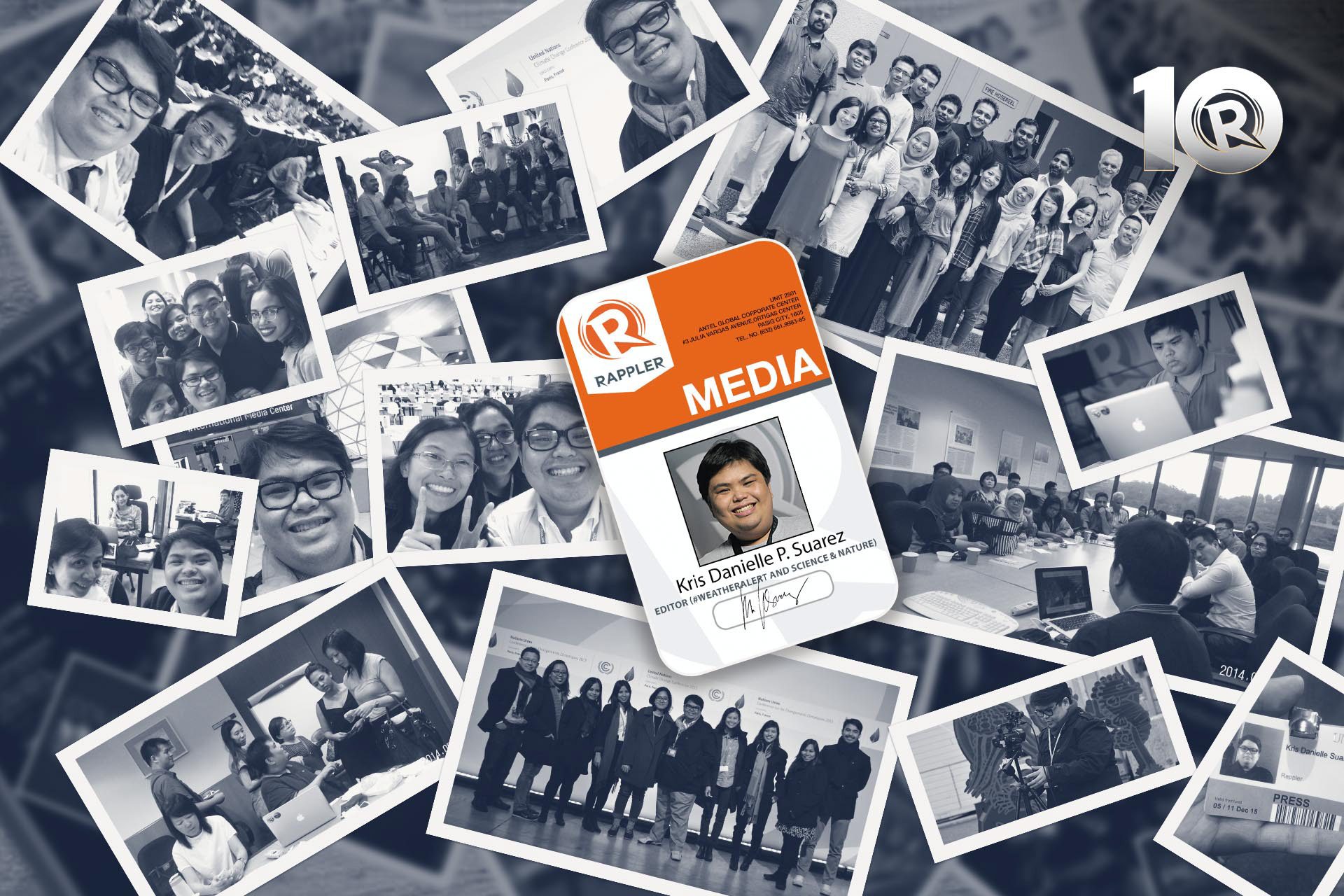
We are publishing a series from Rappler employees, old and new, as part of our commemoration of Rappler’s 10th anniversary in January 2022.
MANILA, Philippines – It was a cold December night in 2015, and I was in France. Just minutes prior, the Paris Agreement on Climate Change was approved in the plenary hall just across from the media hall where I was. I just published a breaking news story about the event, so I took a pause from writing and looked around. And it hit me: I was in the front row of one of the most consequential climate conferences in years. I was telling the story of COP21 to the world.
At that point, I had been with Rappler for nearly five years. In 2011, I left my role as community editor at ABS-CBN News online and took the leap, joining Rappler as one of the first 20-somethings they hired. I was first designated as a multimedia reporter, then moved on to become a social media producer. I eventually became part of the Central Desk where I was designated editor, helping guide our reporters and leading news coverages.

We started from scratch – from our website to our systems and tech, to our internal policies and codes, to our brand as a news organization. And of course, every story, every coverage was an adventure (sometimes, even when you’re on vacation).
Once, I had to pretend to wait for a relative at St Luke’s Global City, but in reality it was a stakeout to monitor former president Gloria Macapagal Arroyo’s movements in late 2011, in the months leading to Rappler’s launch. On a weekend break in Kuala Lumpur, I was suddenly not able to leave my hotel because then-US president Barack Obama was in town – and I ended up covering the visit. I made a round trip journey on the short-lived revival of the Bicol Express train to Naga City, and by pure luck I shared the cabin with a kind grandfather who told me stories about the train’s heyday.
At the launch of an airline’s Clark-Davao route, I had the opportunity to quickly interview the city’s mayor, Sara Duterte, on the sidelines, and asked her about her father’s plans for national politics. Of course, that was in 2012, years away from when she would become a real power broker in the national scene. On another vacation, a typhoon struck. Instead of hunkering down at home, I was out taking videos and trying to interview people.
Global is local
But for me, the best thing about becoming part of such a forward-looking and innovative organization was the opportunity to tell stories and cover events that other Philippine news organizations would simply relegate to the sidelines.
World news, for one, seemed like an afterthought for many local news organizations. At Rappler, even with our very limited resources, we worked hard to highlight in our pages what was going on outside our country. Global is local: in this interconnected world, what happens in another part of the world would affect all of us. And given the fact that millions of Filipinos are abroad, I’ve always wondered why some in the media didn’t really care much about what was happening in the places where they are.
Our coverage of international news started out from the simple publishing of stories from the wire services. But even then, these overseas news articles were treated equally as local ones, not relegated to some obscure section of the website, and foreign news would regularly be promoted on the site’s homepage.
With 24/7 cable news, social media, and videoconferencing, we eventually covered big events virtually from our perch in Manila. I remember the coverage of the 2012 and 2016 US elections, Brexit, and many other overseas events through live blogs and remote interviews. We were also thankful for the contributions from Filipinos on the ground who were crucial in helping us understand how these events would affect us back here at home.
I was fortunate to be the editorial lead of the coverage of the 2015 ASEAN and APEC summits held in Manila. Beyond reporting on the implications on Filipinos, our coverage also zoomed out for the bigger picture, looking at how it would shape our relations with the rest of the world.

Wonders of science
However, I am most thankful for the opportunity to bring science, weather, and climate stories to our audiences.
Science and the environment are close to my heart, as I have been trained as an environmental scientist before I went into journalism. To be able to help people understand the wonders of science, the power of nature, and the ongoing climate crisis – most especially the climate crisis – has been the highlight of my journalism career.
I remember telling a friend that the universe was my main beat, and it was. I wrote about supernovas and distant galaxies; new plant and animal species; anthropological digs; new science agencies; medical innovations; satellites; as well as the stories of the people at home and abroad who make those discoveries and breakthroughs.
And, of course, the most important part was covering weather and climate. While reporters were on the ground in Tacloban after Super Typhoon Yolanda (Haiyan) in 2013, or in Bohol after the earthquake that same year, I was talking to scientists to help explain what happened. We developed stories and interactive media that helped citizens understand the implications of global warming. I guided reporters who wrote stories about how indigenous peoples were faring in the face of a hotter planet.
Which brings us back to Paris. At the time, COP21 was seen as our planet’s “last great hope,” the conference where countries need to really nail down an agreement to save the planet. So being there, amid all the action, surrounded by people (even celebrities) from all over, and I was one of those journalists watching on behalf of the rest of the world – it was a surreal, once-in-a-lifetime experience.
I left Rappler, and journalism, in 2018. I’m still a communications professional, at present helping run Ateneo de Manila’s digital communications. Looking back, I now realize that for a small, nascent Filipino news organization to attempt to cover the world appeared like a moonshot – too ambitious, crazy, impossible. But we were able to do it, thanks to the team’s resourcefulness, innovation, and to the fact that the world is getting smaller and smaller.

We covered the world because we believed then, as Rappler believes to this day, that to understand our present circumstances, it is not enough to know what is happening in our own backyard. We need to open our eyes and minds and understand the wider world out there. And for me, helping bring the world to Rappler’s mainly Filipino audience is one opportunity I have been grateful to have. – Rappler.com
KD left Rappler in 2018 and is now helping run Ateneo de Manila University’s digital communications.
Add a comment
How does this make you feel?

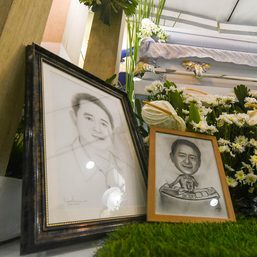
![[OPINION] You don’t always need a journalism degree to be a journalist](https://www.rappler.com/tachyon/2024/06/jed-harme-fellowship-essay-june-19-2024.jpg?resize=257%2C257&crop=287px%2C0px%2C720px%2C720px)



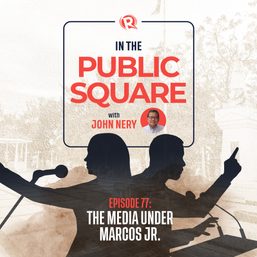
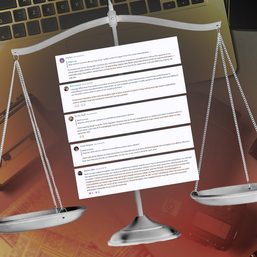
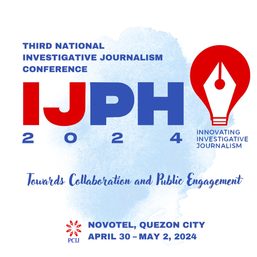
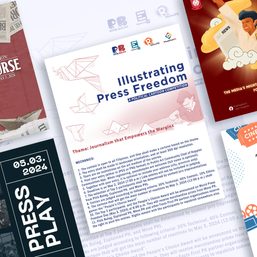









There are no comments yet. Add your comment to start the conversation.